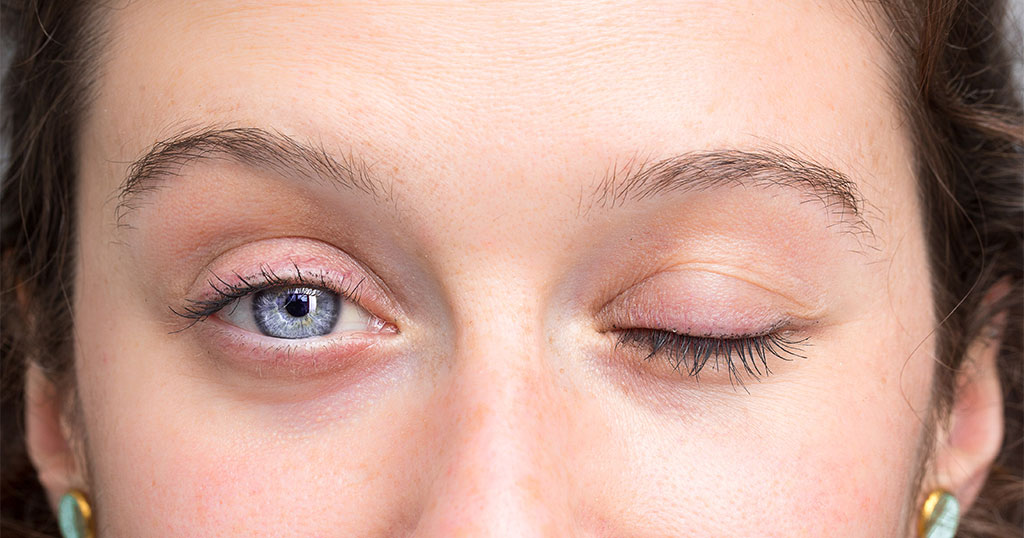
Bell’s palsy
This week’s blog on ‘Bell’s palsy’ has been contributed by Dr Osama Giledi, Consultant Ophthalmologist, Specialist in Cataract, Cornea and Refractive Vision Correction Surgery
What is Bell’s palsy?
Bell’s paralysis known as Bell’s palsy is a temporary weakness or lack of movement affecting one side of the face. It is the most well-known type of facial paralysis
Symptoms
Bell’s palsy affects the function of facial muscles, as well as tears, saliva, taste and the middle ear. It appears as droopiness on one side of the face from weakness or total paralysis of the facial muscles and it develops within two days.
The symptoms of Bell’s palsy include:
- Sudden limitation or loss of motion on one side of the face
- Drooping eyelid or corner of the mouth
- Difficulty smiling or shutting the eyelid
- Ear pain
- Drooling
- Dryness in the eye and mouth
- Ringing in the ear or sensitivity to sound
- Impaired speech or taste
- Reduced tear production.
If you have any symptoms of Bell’s palsy, it is advised to consult your physician early.
However, if facial weakness is a symptom in a person who cannot lift up both arms and keep them there or have difficulty speaking (speech may be slurred or garbled) you need to go to emergency department as these can be signs of a more serious condition, like a stroke. In contrast to Bell’s palsy, the symptoms of a stroke are sudden.
Treatment
Bell’s palsy is usually treated by a General practitioner. Symptoms generally begin to diminish within two weeks of starting treatment, with complete recovery within half a year
Treatments for Bell’s palsy include:
- A Short 10-day course of Oral steroid (medication should be within 3 days of the symptoms starting to speed the recovery of bell’s palsy)
- Eye drops and eye ointment to protect the eye and to stop the affected eye from drying out
- Surgical tape to keep the eye shut at bedtime
Bell’s palsy is rare in kids, and most kids who are affected make a full recovery without treatment.
How long the Bell’s palsy lasts
Most patients recover fully within 6 months, but sometime it can take longer. In a small number of cases, the facial weakness can be permanent which can be treated by surgery.
Causes and Risk Factors
Bell’s palsy is caused by inflammation or compression of the facial nerve (Seventh cranial nerve), which controls face muscles. Infection by a virus is believed to cause inflammation and swelling of the nerve. Various viruses from the herpesvirus family are related with Bell’s palsy. Other Non-Viral causes such as: Headaches, chronic ear infection, tumors, diabetes and injury to the face.
You can’t prevent Bell’s palsy
Because it’s probably caused by an infection of several types of viruses, Bell’s palsy cannot be prevented.
You’ll normally just get Bell’s paralysis once, yet it can once in a while return. This is more probable in the event that you have a family history of the condition.